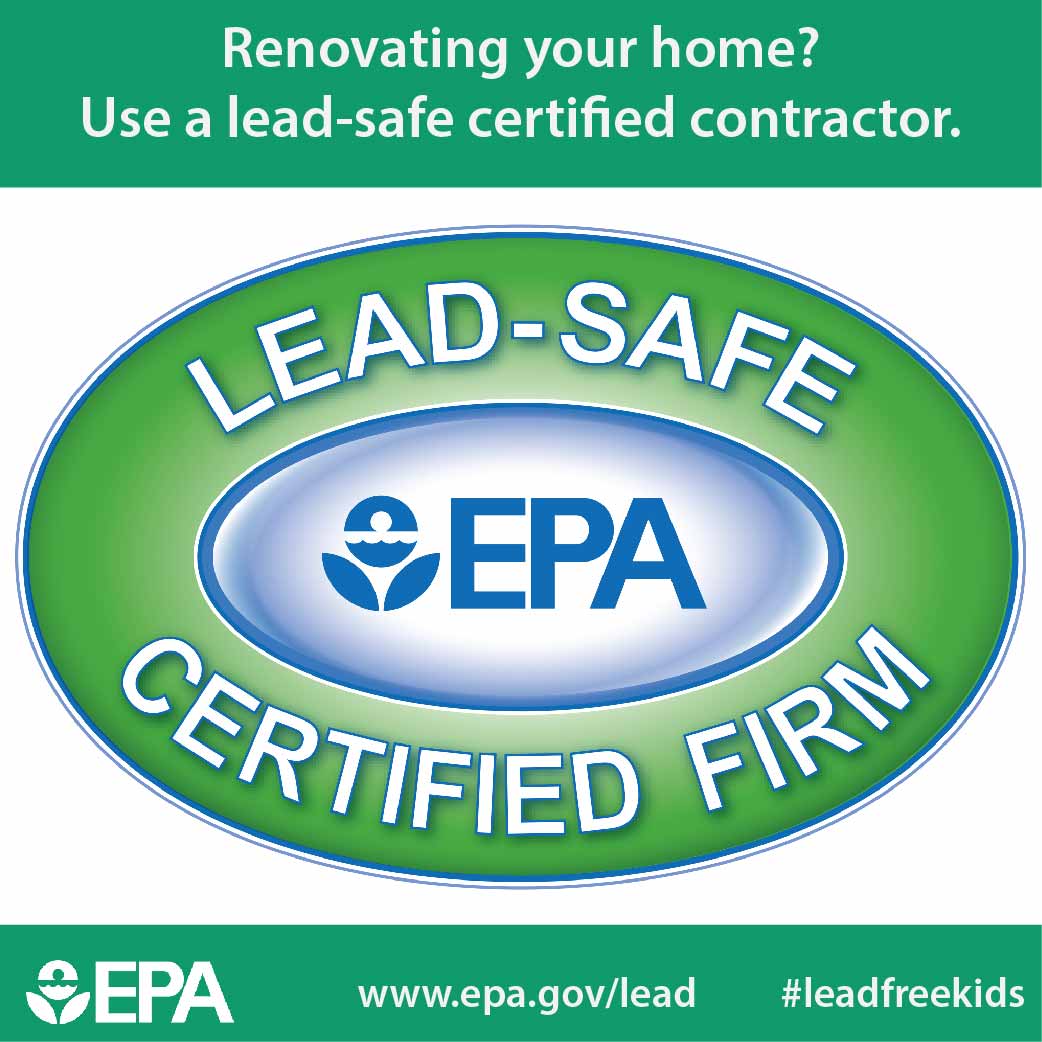Check Out The Impact Of Seasonal Aspects On The Efficiency Of Industrial Exterior Painting And Recognize The Optimum Times To Achieve Long-Lasting Outcomes For Your Task
Check Out The Impact Of Seasonal Aspects On The Efficiency Of Industrial Exterior Painting And Recognize The Optimum Times To Achieve Long-Lasting Outcomes For Your Task
Blog Article
Web Content By-Leach Rosendal
When you're planning a commercial external paint project, seasonal aspects can make or break your outcomes. You'll want to take into consideration exactly how temperature level and moisture effect paint application and drying times. Choosing the right period can ensure your paint sticks properly and lasts much longer. However which periods are genuinely the very best for this sort of job? Let's explore the key elements that can impact your project's success.
The Effect of Temperature on Paint Application
When you're planning a business external painting job, the temperature can considerably affect just how well the paint sticks and dries.
Preferably, you wish to repaint when temperatures range in between 50 ° F and 85 ° F. If it's too chilly, the paint might not treat correctly, resulting in problems like peeling or splitting.
On the other side, if it's as well warm, the paint can dry too promptly, protecting against proper bond and causing an irregular coating.
You should additionally consider the moment of day; morning or late afternoon uses cooler temperatures, which can be a lot more positive.
Always inspect the producer's recommendations for the specific paint you're using, as they typically give assistance on the optimal temperature variety for optimal results.
Humidity and Its Result on Drying Times
Temperature level isn't the only ecological factor that influences your commercial exterior painting task; moisture plays a substantial function also. High humidity degrees can reduce drying times dramatically, affecting the overall top quality of your paint job.
When the air is filled with dampness, the paint takes longer to cure, which can lead to concerns like poor bond and a greater threat of mold development. If you're painting on a specifically damp day, be gotten ready for extended wait times between layers.
It's vital to keep an eye on local weather and strategy appropriately. Preferably, aim for moisture degrees in between 40% and 70% for optimum drying out.
Keeping these factors in mind ensures your job remains on track and delivers a long lasting surface.
Best Seasons for Commercial Outside Paint Projects
What's the most effective season for your business outside paint projects?
Spring and early fall are commonly your best choices. During these seasons, temperatures are moderate, and humidity degrees are often lower, creating excellent conditions for paint application and drying out.
Avoid summer's intense heat, which can cause paint to completely dry too quickly, causing inadequate bond and finish. Likewise, winter season's cold temperature levels can hinder proper drying out and curing, running the risk of the long life of your paint task.
Go for days with temperature levels between 50 ° F and 85 ° F for optimal outcomes. house painting minneapolis in mind to inspect the regional weather report for rainfall, as damp problems can destroy your project.
Planning around these elements ensures your painting job runs efficiently and lasts much longer.
Final thought
Finally, preparing your industrial outside painting jobs around seasonal considerations can make a substantial difference in the result. By organizing https://painter-near-me32086.bloggip.com/34391456/check-out-the-most-recent-techniques-and-developments-in-residential-paint during the suitable temperatures and humidity levels, you'll guarantee much better attachment and drying times. Bear in mind to keep an eye on regional weather report and choose the correct time of year-- spring and very early loss are your best bets. Taking these actions will help you attain a durable and professional finish that lasts.
